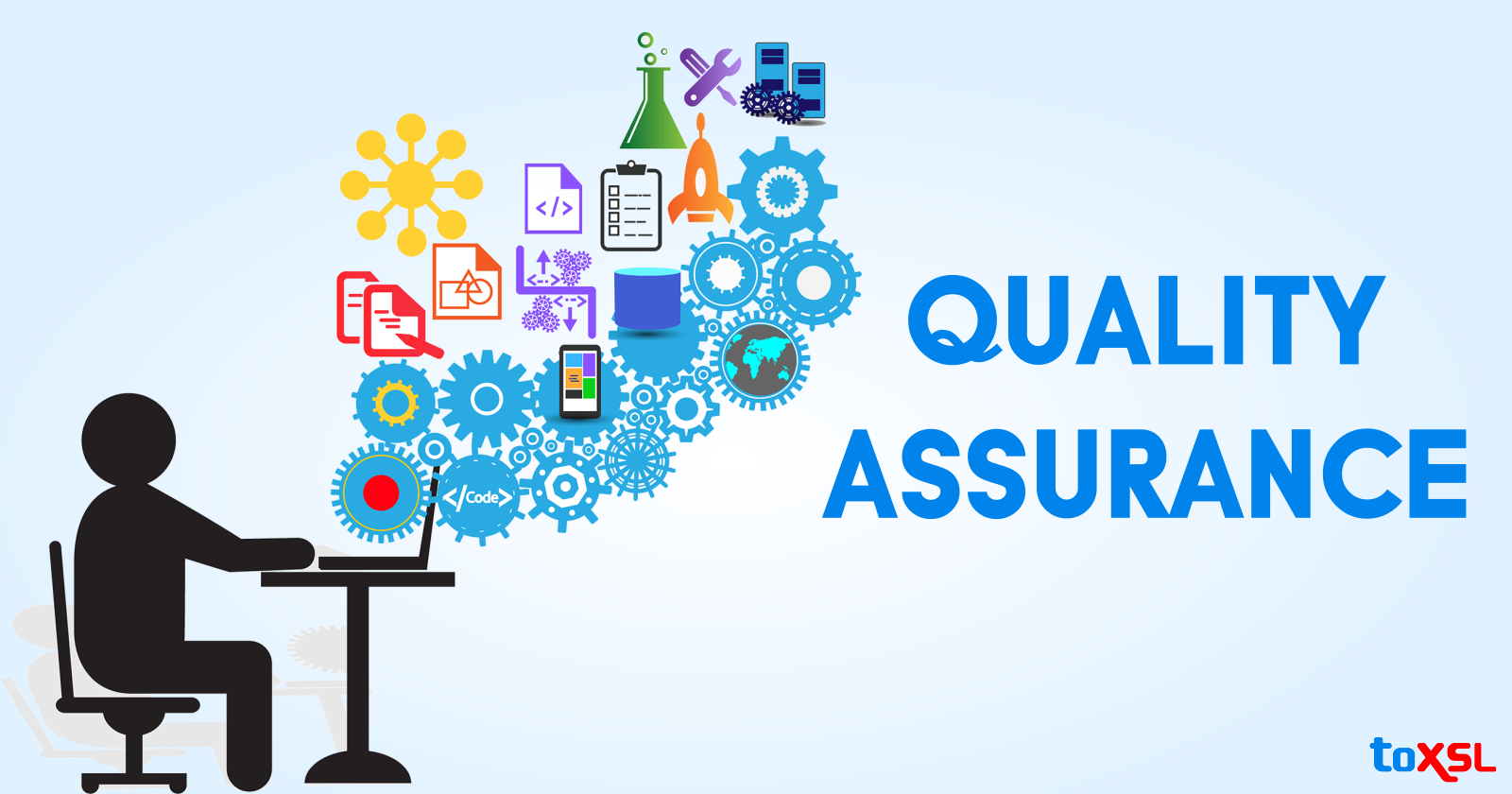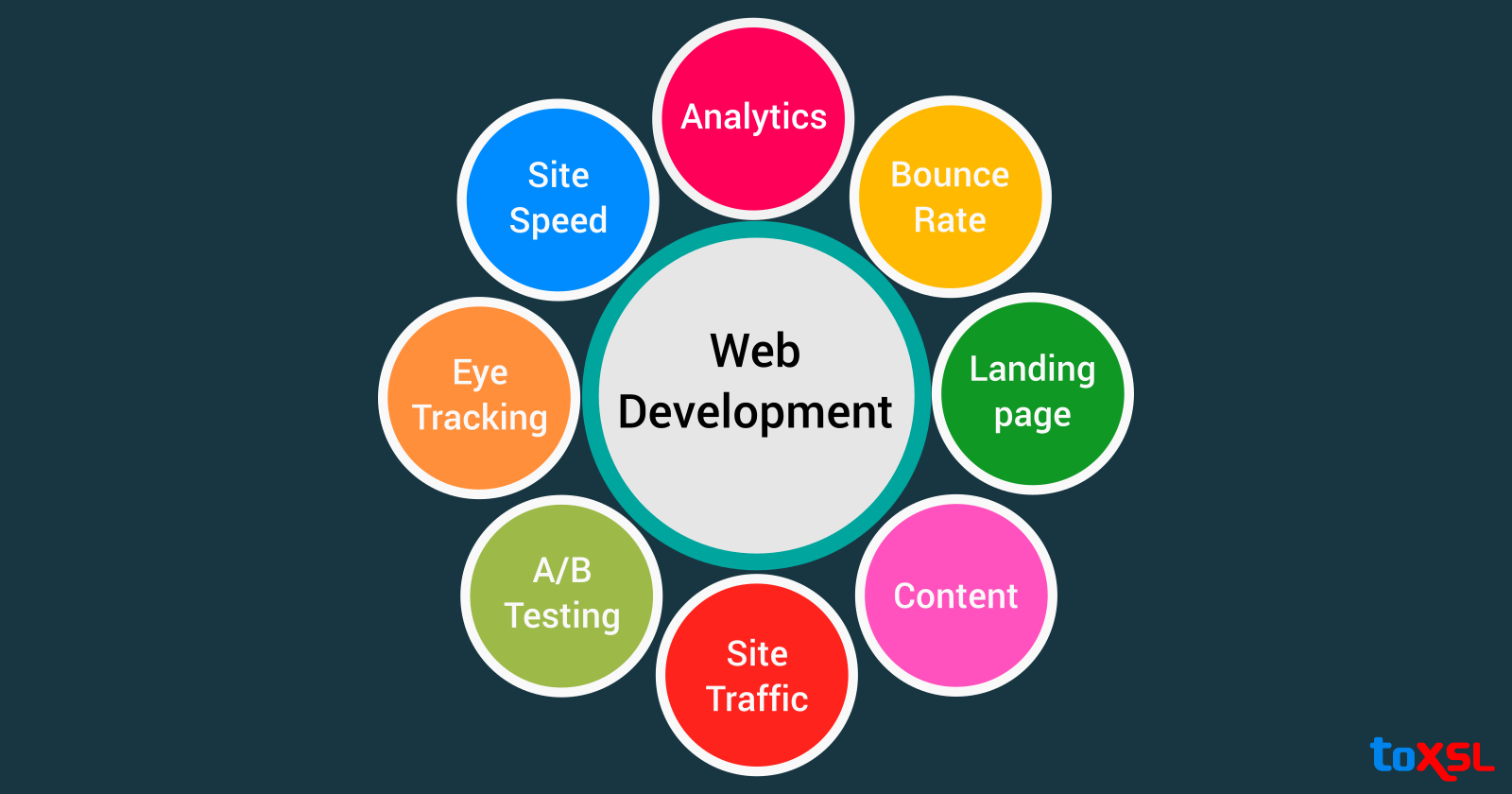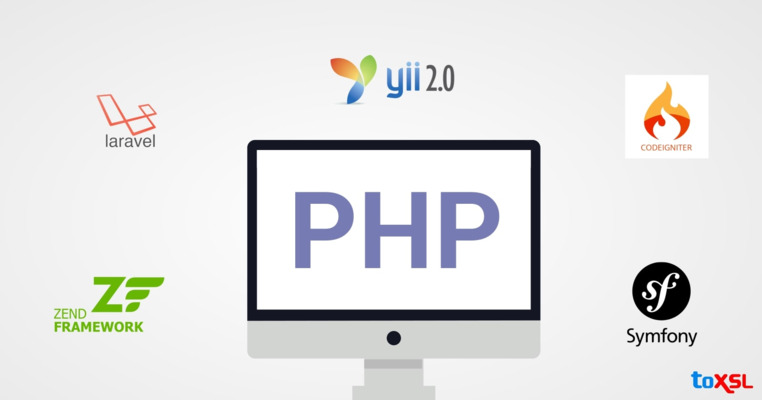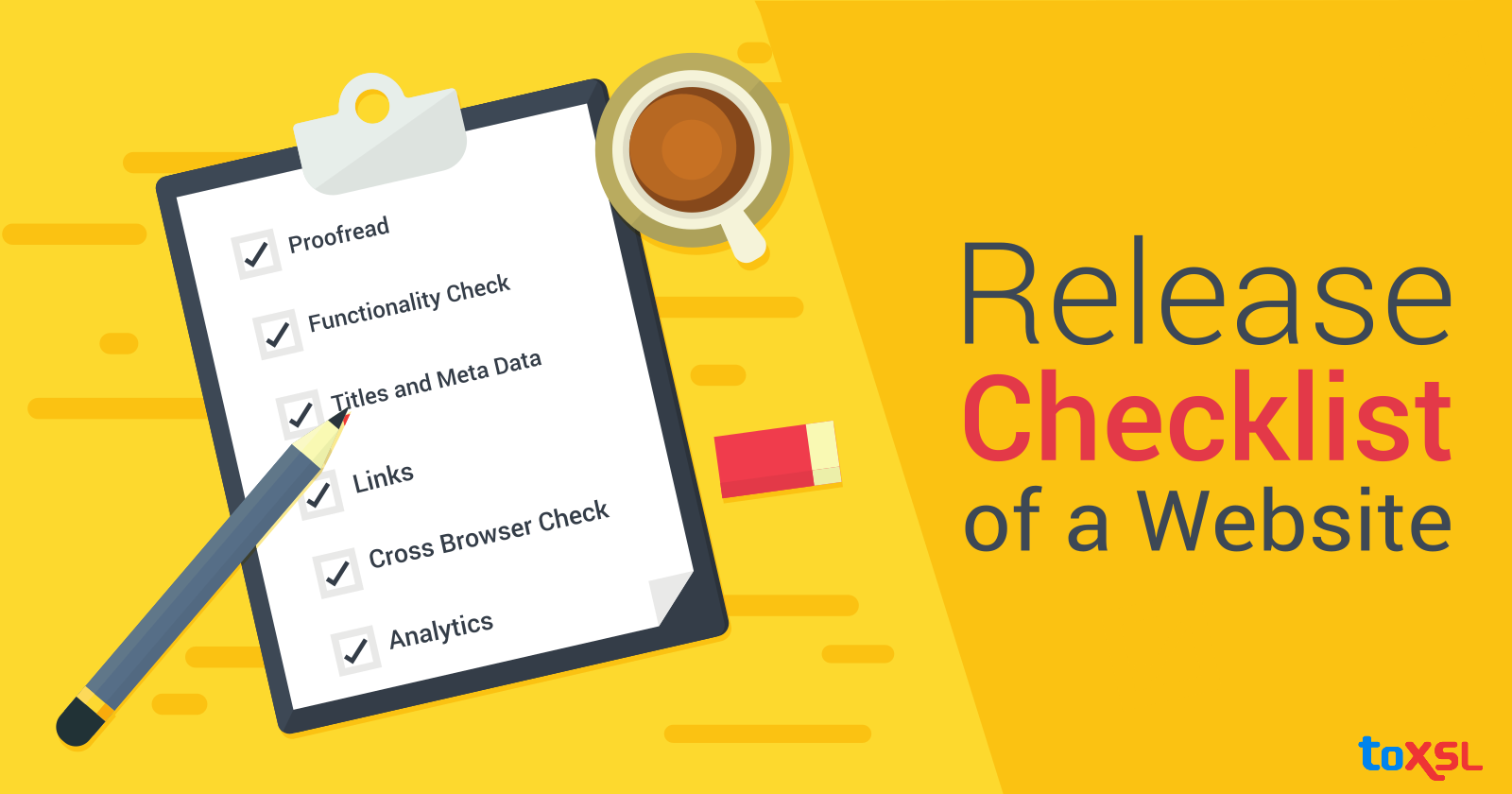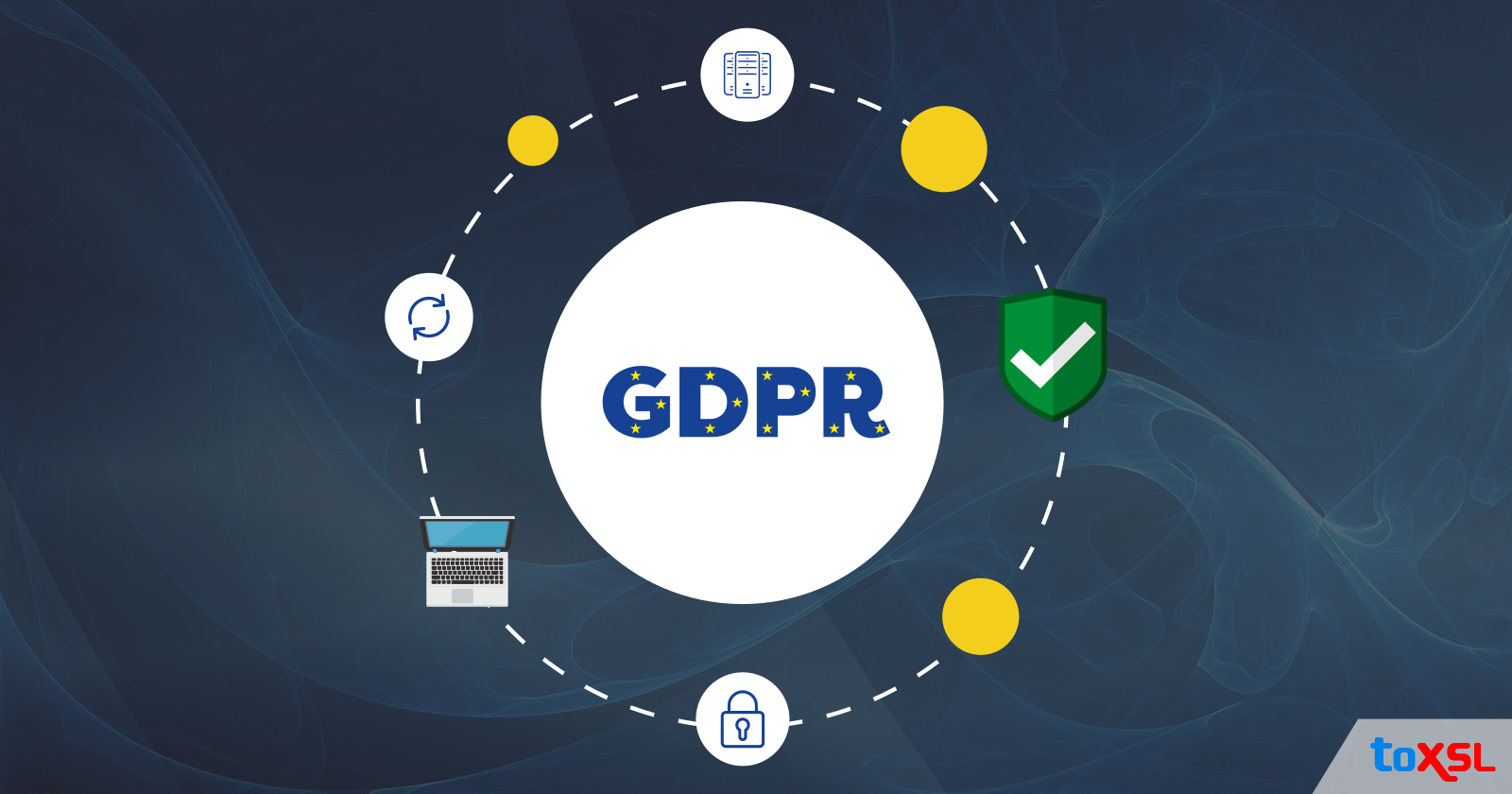
On May 25, 2018, the General Data Protection Regulation (GDPR) was passed by the European Union. It is a security law that sets guidelines for protecting the data and personal information of individuals.
According to GDPR law, consumers hold the right to control their data by holding companies accountable for the way companies handle their data or personal information.
GDPR influences all organizations inside and outside the EU that hold individual information for people inside the EU. From IT operations to marketing, anybody who deals with individual data needs to perceive how GDPR influences their data work processes.
Why GDPR?
According to statistics, 45% of consumers worry about their privacy. In the first year of GDPR, there were 150,000 complaints filed against companies. Also, 80% of consumers said that lost banking and financial data is a top concern. In another report, 41% of respondents say that they don’t trust companies and intentionally provide false data while signing up for any online service. Companies have paid over €359 million in GDPR fines so far.
What are the types of privacy data GDPR protects?
The following are the types of privacy data that GDPR protects:
- Identity information such as name, address, and ID numbers.
- Web data like location, IP address, cookie data, and RFID tags.
- Biometric, Genetic, Racial and Ethnic data.
Scope and Penalties
If you are processing the information or personal data of EU citizens, or you do business or offer goods or services to anyone under the EU, the law is applied to you. Non-compliance with the GDPR law can cause heavy fines for all small and large-scale businesses.
There are two-tier of penalties.
- The less severe penalties.
- The more severe penalties.
The less severe penalties can result in a fine of up to €10 million or 2% of the company’s worldwide annual revenue from the preceding financial year (whichever is higher). Such penalties include any violation of the articles governing:
- Data Controllers and Processors (Articles 8, 11, 25-39, 42, and 43): The controllers are the organizations that control information, and processors are the organizations that process information. The controllers and processors must obey the data protection rules and opt lawful basis for processing the information.
- Certification Bodies (Articles 42 and 43): All the governing authorities must follow an unbiased and transparent process while executing any assessment or evaluation.
- Data Monitoring Bodies (Article 41): The data monitoring authorities responsible for handling complaints or reported infringements must follow the established procedure while handling complaints.
When GDPR laws concerning privacy are violated, then serious penalties occur. In such scenarios, the penalty could result in a fine of up to € 20 million, or 4% of the firm’s worldwide annual revenue from the preceding financial year (whichever is higher). Such penalties include any violation of the articles governing:
- Data Processing (Articles 5, 6, and 9): This includes any action performed on data eg. collecting, recording, organizing, structuring, sorting, erasing, etc. The data processing must always be done transparently and lawfully.
- Data Subject (Article 12-22): Customers have a right to know what is happening to their data. Also, how their data is used or processed by the organizations. They can also correct or ease data.
- Customer Consent (Article 7): Customer consent is crucial when the organization is processing customer data. Also, organizations need to have documentation to prove it.
GDPR Rights
The GDPR has given users new rights regarding their data. They are:
- The right to be informed (Articles 13/14) -Customer has the right to know and stay informed about collecting and using their data or information.
- The right of access (Article 15)—Customers can ask organizations to view any personal data that has been collected by them. They must tell the customer why the information was collected and what they did with it.
- The right to rectify information (Article 16) – Customers can ask the organization to rectify any error in their data. And the organization must respond within a month and correct the data.
- The right to be forgotten (Article 17) – Customers can ask organizations to delete their information or personal data at any time.
- The right to data portability (Article 18) - Organizations must send the data to the customer in a clear format when a customer asks to view the information.
- The right to object (Article 20) – Customers can object to the processing of their personal information or data in a few situations.
- The right to make automated decision-making (Article 21) – The customer has the right not to be subject to any decision that is based on automated decision-making like profiling etc.
GDPR applies to all the information that is assembled from the ecosystem, regardless of whether it is provided by clients or accumulated by automated systems. It also includes individual information stored and utilized as a part of enormous data analytics platforms. In numerous associations, development teams manage information from real production environments, and usually, this information starts from customer databases. However, testing with real data often causes issues regarding data security and confidentiality.
GDPR requires unequivocal consideration regarding this training. Each data that incorporates personal data is liable to GDPR compliance. It is illegal to have personal data anywhere where it is non-obligatory. Therefore, Test Data Management (TDM) is a zone that unquestionably needs attention from the GDPR viewpoint. From conveying productivity to information handling and testing the quality of deliverables, TDM is susceptible to vulnerabilities around organizational and regulatory standards.
In this way, different measures should be employed to ensure that the personal data is encrypted. Test data may become a block in your preparations for GDPR. Keeping in mind the end goal to address the difficulties related to testing and making the testing GDPR-compliant, it is critical to follow the below steps.
Document the Use of Personal Data in Test Environments: Reporting personal data should be the initial phase in your GDPR compliance process. This incorporates listing down the data in backups and the consequent replicas that the testers have made for themselves. This step might expose uncomfortable surprises, as colossal measures of personal data in test database tables.
Develop a Smooth Test Data Management Process: A lean and adaptable process is expected to remain in control for a smooth test data management process. Appropriately analyzing and tracking the document, from where the real data is coming and where it is going, is important. As per the new regulation, it is important to make sure that no personal data is available to business users, software testers, test managers, and other team members during software development, maintenance, and test phases.
Employ a Combination of Masked Data or Synthetic Data for Testing: Even though utilizing synthetic data is a desirable option, it is not always promising. Subsequently, it may be judicious to utilize a combination of carefully masked data along with synthetic data.
Proper Review of Privacy Policies: Privacy policies must be articulated accurately. There ought to be a particular purpose behind collecting, sharing, storing, and using personal data among third-party processors. Therefore, it is additionally vital that you are reviewing the third-party policies to ensure they go along.
How Can We Help?
Adherence to the direction will require an exhaustive test data management approach.
ToXSL Technologies gives you a cross-functional team to complete different GDPR assessment and implementation activities with ToXSL's GDPR structure.
ToXSL has a well-ordered structure to deal with GDPR compliance to give a comprehensive solution.





